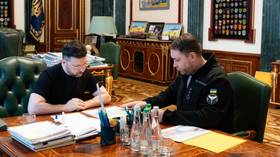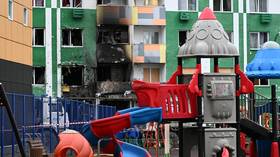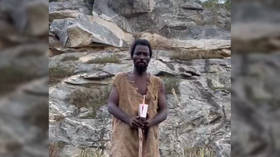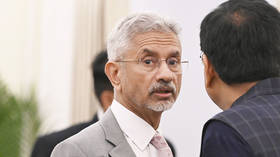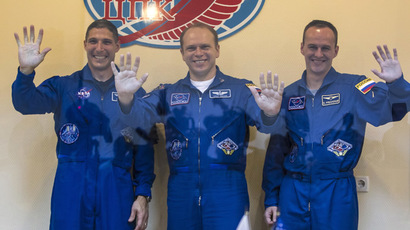NASA aims to land on, capture asteroids within next 15 years

NASA researchers are at work developing a plan that not only hopes to physically place astronauts on an asteroid for the first time, but also to wrangle a space object and place it in the orbit of the Earth’s moon.
The project is not scheduled to be complete until the 2020s, although prospective astronauts are already preparing for the low gravity mission by training underwater – the most similar circumstances scientists can simulate on earth. They have also finished a replica of the Orion spacecraft, which will transport astronauts to the asteroid.
“We’re working on the techniques and tools we might use someday to explore a small asteroid that was captured from an orbit around the sun and brought back by a robotic spacecraft to orbit around the moon,” Stan Love, one of the astronauts training in the 40-foot deep pool, said in a NASA statement.
“When it’s there, we can send people there to take samples and take a look at it up close. That’s our main task; we’re looking at tools we’d use for that, how we’d take those samples.”
Scientists hope that if they are able to extract samples from an asteroid it will be made up of layers, which could then provide some insight into the current state of the solar system, possibly even information about how it was formed.
One current problem is the tools: reliable Earth tools like a hammer and nails are not adequate in space because of the problems created by an astronaut swinging a heavy weight in front of his thin glass face shield. Another issue is that the necessary spacesuit has yet to be developed. Walking on the moon and climbing on an asteroid are two very different actions, making it necessary for a spacesuit to be durable and dynamic.
“We need some significant modifications to make it easy to translate,” astronaut Steve Bowen said of the spacesuit, as quoted by NASA. “I can’t stretch my arms out quite as far as in the [space station suit]. The work envelop is very small. So as we get through, we look at these tasks. These tasks are outstanding to help us develop what needs to be modified in the suit, as well.”
The quiet announcement comes two years after a group of Silicon Valley entrepreneurs made waves by telling the public that they hope to develop robotic spacecraft capable of extracting valuable minerals from asteroids. With financial backing from Google bosses Eric Schmidt and Larry Page, as well as British billionaire Richard Branson, the so-called Planetary Resources group was touted as “the future of entrepreneurial space.”
Now, the group has dialed back some of the rhetoric and admitted its new goal is to find water on or near asteroids and process it into fuel that could be used to preserve aging commercial satellites, according to The Wall Street Journal.
“I still consider that mining,” Planetary Resources co-founder Eric Anderson told the newspaper. “We’re going to take the resources of space and turn them into a usable material.”
Both initiatives could use some help when it comes to identifying exactly which asteroids could work. Last year, NASA asked for the public’s help in scoping out some of the 99 percent of asteroids measuring 30 to 40 meters in size – which would be large enough to devastate a city – that have yet to be found.
The initiative was inspired by the 18-meter asteroid that exploded over Chelyabinsk, Russia in February and will almost certainly assist the plan to land on an asteroid in outer space, according to NASA chief engineer Brian Muirhead.
“What we need to do is increase the frequency of identification of asteroids such that we can also track them and characterize them,” Muirhead told National Geographic. “That will give us a choice [to see] which [asteroid] we want to grab hold of and bring back to the earth-moon system.”



